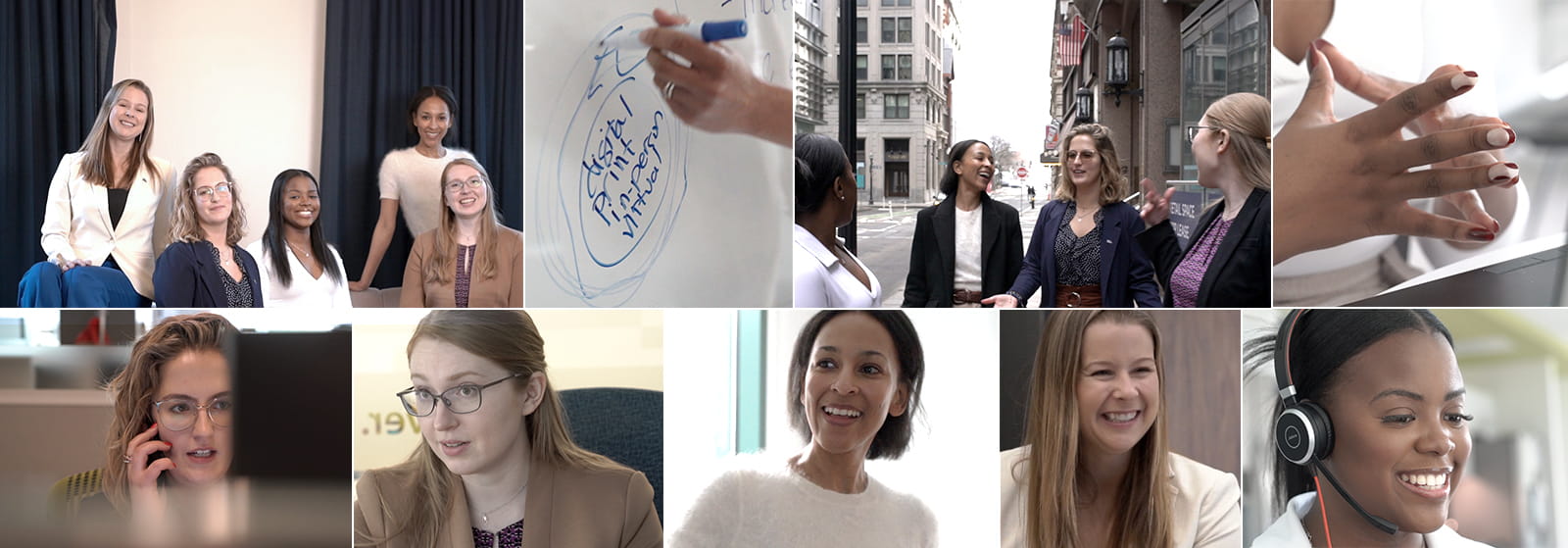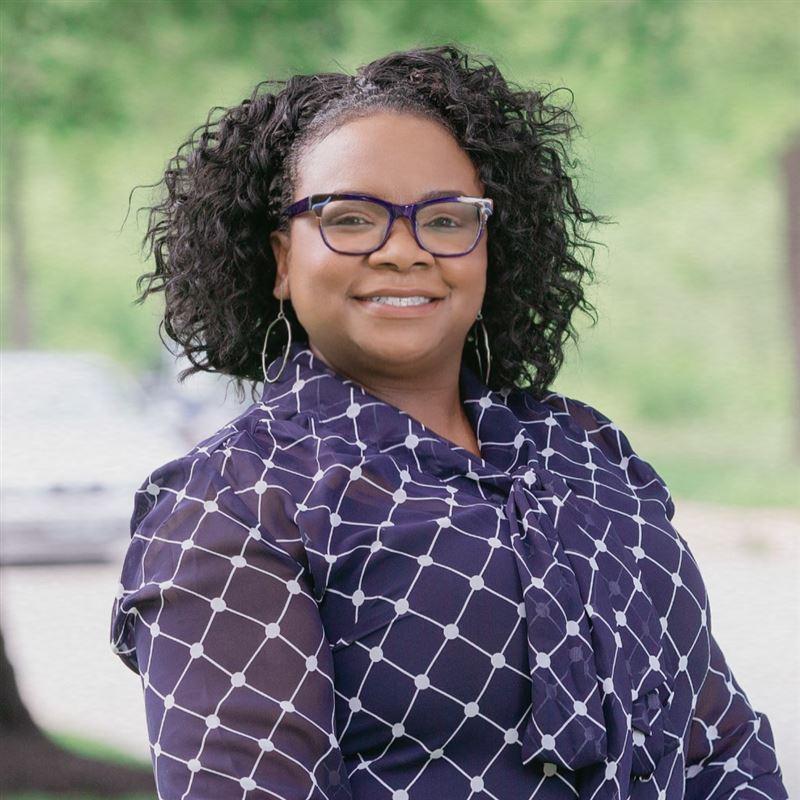Ten Tips for Connecting with the Public
When communities get on the same page about infrastructure improvements, we can build a bright future together. Here are ten tips from CDM Smith’s communications experts—spanning the water, transportation and environment fields—to help you achieve meaningful community engagement on your next project.
1. Facilitators help everyone find common ground
Facilitators at public meetings can help the community work through challenges, then guide them to a solution. That starts with an open and honest dialogue. “Facilitation means boosting transparency so we can target a challenge directly,” says Irie Price, transportation communications specialist. Even before public meetings start, facilitators help get key participants on the same page about the message to convey in the meeting.
Facilitators create in-person or virtual spaces to share thoughts and ideas. This helps the community express themselves freely. Facilitators can also serve as conductors to guide focused discussions.
2. Capture your audience’s attention with creativity
Creativity means more than making things pretty—it's a powerful tool to hook your audience. Educational games for children, colorfully wrapped buses or clever text message campaigns are examples of engagement with a creative twist. Competing for public attention is tricky, and a simple black and white flyer won’t do the trick.
“It’s surprising how many different attempts you have to make to get a response. That can mean anything from physical postcards to QR codes, but you have to customize it to meet your audience where they are and get their attention,” says Autumn McNeill, water communications specialist.
It’s surprising how many different attempts you have to make to get a response... you have to customize it to meet your audience where they are and get their attention.
3. Translate expertise for the community
If you need input from your community, they first need to understand what you’re trying to tell them. Technical teams can benefit from a “translator” that interprets complicated terms into easy-to-understand language. “You can't expect your audience to respond to something that is not written to them. Information should be tailored to what they need, what they understand, and what they care about,” said Rose Hanson, water and environmental communications specialist.
A communications expert serving as the bridge between technical experts and the public brings everyone together. “Technical meetings give me a better understanding of a project’s goals and what it takes to get there. Then on the flip side, public meetings give me an understanding for what the community wants. When you put those together, that’s where the magic happens,” McNeill says.
4. Use data to guide and improve your communication
Metrics are a useful tool, but they won’t help anyone if they’re stuck at the end of a report. Data can be a “pulse check” for the success of outreach efforts. “I've learned a lot from our engineers and planners. Tracking detailed outreach information and finding new ways to visualize it transforms how data and communications can really talk to each other,” says Price. When water communicators reach out to the public about lead service line removal programs, they export data from leadCAST to create rich and informative graphics.
After gathering the data, ask, “How does this influence what we say to our audience, and how we say it? How can we apply the feedback we receive to influence not only our communication materials, but the ongoing research our technical teams are doing?” Price says. For example, A/B testing is a useful tool to evaluate how different message styles resonate with your community.
Tracking detailed outreach information and finding new ways to visualize it transforms how data and communications can really talk to each other.
5. Invest in UX to build engagement and gather information
Simulations and pilot programs raise project awareness and motivate public participation. These hands-on trials help gather information on community priorities.
“User experience is that process of determining how the end user will actually go through this process, and what information they will take away. We want to find how we can make it easier for them,” says Price. Researching community demographics helps improve UX by tailoring project design and communication.
6. Be a champion for equity and inclusion
When decision-makers ensure diverse voices are heard, the needs and perspectives of the community are more properly represented. This representation means even more for those that haven’t been a part of the conversation before. “We want to be equal, but we also want to be equitable because there is a difference. Equal does not always mean fair across the board,” says McNeill.
Creating an inclusive space for all backgrounds leads to better decisions on infrastructure projects. “I think about customization and inclusivity, and they work hand in hand,” says Amy Livingston, transportation communication specialist. “We must better understand the communities, so we understand their opportunities and their barriers to engaging with us. Then we know how to create a resource that works for them.”
7. Build relationships with people in your community
Community engagement is not just about a single project—it's about building long-term relationships. When people feel heard, they are more likely to engage. The community may have feelings of mistrust or skepticism toward public initiatives to overcome, in which case open and honest communication is crucial.
The success of a project is tied to how closely decision-makers listen. This can be done through public forums, surveys, community meetings, or informal conversations. “On each of my projects, I’m excited to get the opportunity to jump in and understand what makes folks tick, what their needs are, and what makes where they live special,” Livingston says.
8. Commit to accessibility
Emphasizing accessibility is essential to share information and invite participation. “I want to emphasize how important it is for all populations, regardless of education, to have something that's readable and accessible,” Hanson said. “I started thinking of words as an equation. How do I make the equation as simple as possible?”
Improving the accessibility of your communication methods can look like using at least two platforms for every communication like mail and web, using plain and simple language, translating to multiple languages, and using more graphics and fewer words.
I want to emphasize how important it is for all populations, regardless of education, to have something that's readable and accessible.
9. Use technology to improve how you reach people
Choose communication platforms that match your project's goals, audience and resources. Options like virtual meeting spaces, social media and email can boost participation. Virtual whiteboards, like Mural, are effective for collaborative exercises and recording ideas.
“We use digital tools because we’re able to reach so many people. My team and I discovered how effective Facebook and Nextdoor can be, so we’re leaning into those platforms to engage residents on the sites they are already looking at,” said Lauren Balsamo, water communications specialist. Consider reach, accessibility and audience feedback when choosing your platform and technology.
10. Keep learning from every interaction
Learn from colleagues in different fields to build your communication toolkit. Our experts are enthusiastic about learning from each other, from the communities they serve, and from other technical specialties. “Being around people who are constantly working to level up their knowledge and grow their skills is so important. People who are willing to pull me into projects where I can learn, contribute, mentor, or teach has given greater context to my role,” Price said.
Stay current with rules and regulations and coordinate across fields to foster new collaboration. Breaking down silos unites teams on infrastructure projects, enhancing understanding and communication.

Information should be tailored to what the community needs, what they understand, and what they care about.







